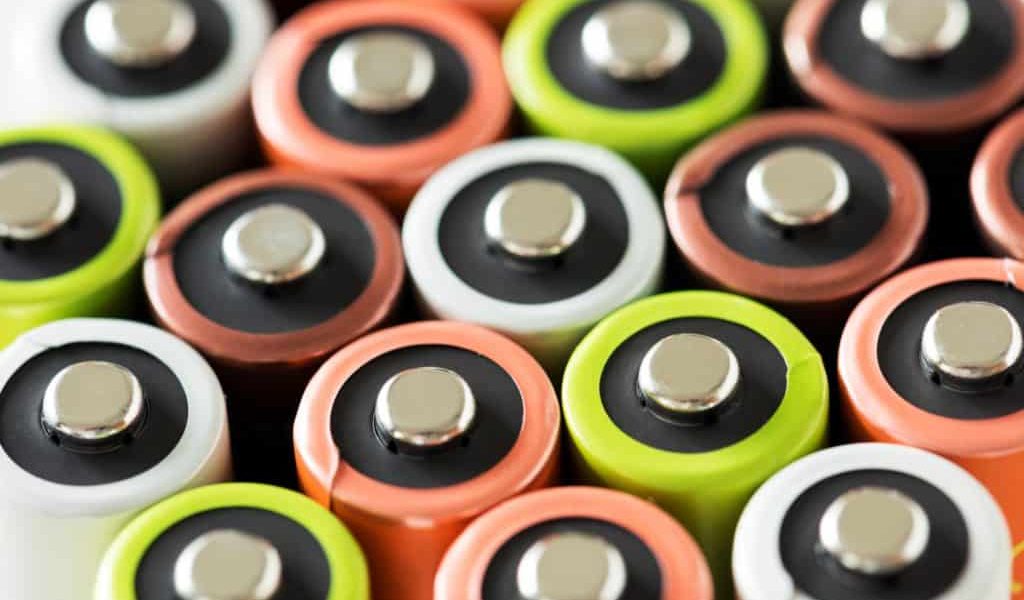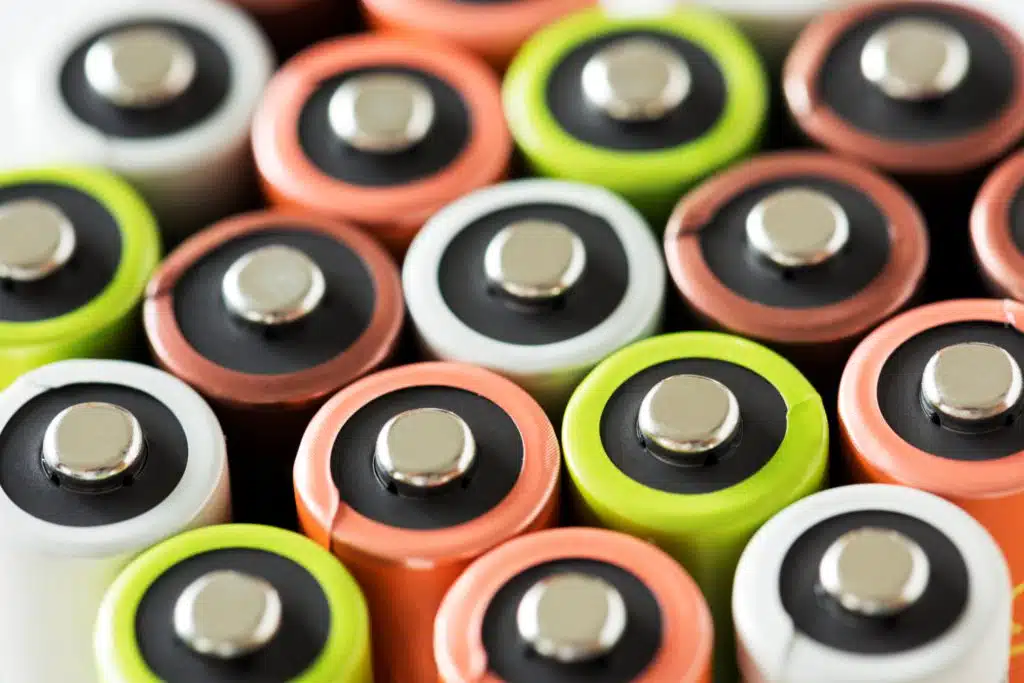These days, rechargeable lithium-ion (LION) batteries have become a necessity for all of us, seeing how they power practically everything from mobile devices to electric cars. When these were first introduced, they were meant to replace nickel-cadmium rechargeables which were handy but dangerous for the environment. However, it has been noted over time that LION batteries also cost a bit more than their NiCad predecessors.
However, that seems to have changed in recent months. Based on a study by Micah Ziegler, Juhyun Song, and Jessika Trancik of the Massachusetts Institute of Technology (MIT,) the cost of LION batteries has dropped by a staggering 97%.
It’s All About Research and Development
According to the study published in the journal Energy and Environmental Science, one key factor that has helped lower the price of rechargeable LIONs was recent advances in battery technology, particularly those pertaining to the chemical formulation and materials used to manufacture such batteries. The research team noted that these actually won out against any gains achieved by manufacturers through economies of scale, though this aspect was the second most compelling reason for the price drop.
The study was carefully pieced together from numerous sources, as most of the relevant information lies in the territory of proprietary business info carefully guarded by individual corporations. The team ended up sifting through various academic papers, reports from both industrial organizations and governments, press releases, spec sheets, and even legal filings.
This was a massive undertaking that involved nearly 15,000 data points across 1,000 unique records from almost 280 possible sources. Indeed, researcher Trancik was moved to say that cost improvement was not the work of a precious few individuals, but from the collective effort of numerous operatives working in different sectors.
Based on this mountain of information, the team noted that over 50% of the cost decline for LIONs were specifically driven by research initiatives and developments spearheaded by both government-funded think tanks and the private sector. This was interesting to discover as there were numerous variables that a diverse range of researchers were working on for an equally diverse list of reasons.
In many cases, this included the actual design of LION battery cells, methods and systems for manufacturing, as well as concerns regarding the production supply chain.
How Will This Affect Policies Regarding Power Storage and Renewable Energy?
If there is anything that the team found compelling, it’s the fact that their findings could serve as a stepping stone for government and industrial policymakers and corporate planners to create better spending strategies as a way of pushing towards even lower costs for LION battery manufacturing and other necessary modes of power storage.
For now, one of the critical results of the study is just how vital substantial investments are for energy-specific R&D, especially because investments into the industry only began coming in after the commercialization of LION technology.
Throughout the two decades that followed since the introduction of LION batteries in the early’90s, the lowering of costs per retail unit was certainly made possible by developments that followed extensive research into how to make production safer, more efficient, and cost-effective for both the manufacturer and the end-consumer.







